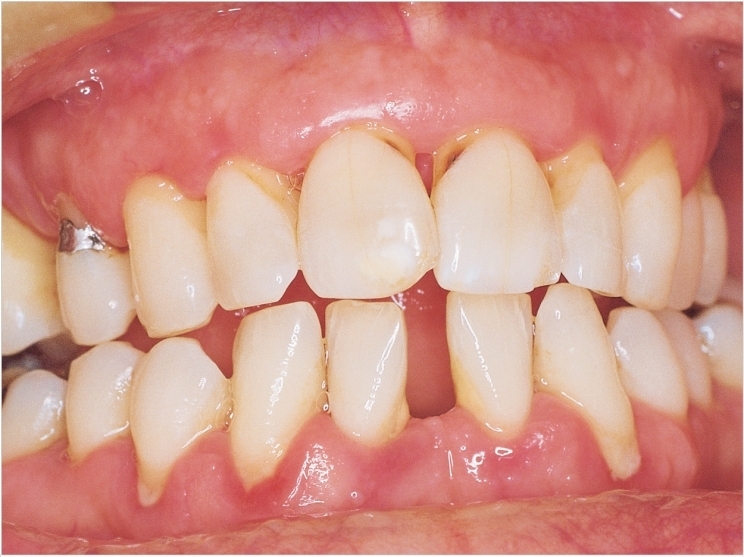
In the United States, more than 35% of adults are obese, 20% of adults smoke, and 4.7% of adults are obese smokers, reports Najla Kasabreh, DDS, a second-year resident at the Ohio State University College of Dentistry. But while smoking and obesity both increase the risk of periodontitis, their individual and synergistic effects are not understood. Kasabreh, then, compared the subgingival microbiomes of normal weight and obese nonsmokers as well as obese smokers.
Kasabreh’s study recruited 75 periodontally and systemically healthy subjects with no recent history of antibiotics, pregnancy, or oral prophylaxis and divided them evenly between three groups based on body mass index (BMI) and smoking status. Subgingival biofilm samples were collected, DNA was isolated, and Illumina MiSeq sequencing was performed, generating 599,652 classifiable sequences that were compared to the Human Oral Microbiome Database.
The known periodontal pathogens Aggregatibacter actinomycetemcomitans (Aa) and Porphyromonas gingivalis (Pg) were present in the obese and smoker groups but not in the controls. Streptococcus sobrinus was unique to the obese group. Diverging patterns of bacterial interactions were observed in obese smokers and nonsmokers, indicating the role played by these factors in driving bacterial colonization.
“The data suggest that both smoking and increased body mass index alter the composition of the subgingival microbiome and that the collective effects of these two factors are not merely additive, but multiplicative. We also discovered that obesity affects the male and female oral microbiomes differently. This indicates a true need for precision dentistry that incorporates multiple metrics such as BMI, gender, smoking status, and other variables in assessing risk and prognosticating treatment outcomes,” said Kasabreh.
Aa and Pg are unique to obese individuals even when they are periodontally healthy, Kasabreh said, which might suggest why these populations are at increased risk for periodontal disease. Due to the ease of collection, low cost, and unique position as the gateway to the body, the oral cavity warrants greater attention as a model to study the roles of environmental perturbation of the human microbiome, Kasabreh added.
Kasabreh presented her study, “Synergestic Effects of Smoking and Obesity on the Subgingival Microbiome,” at the 47th Annual Meeting of the American Association for Dental Research in Fort Lauderdale, Fla, on Thursday, March 22.
Related Articles
Cytokines May Tie Obesity to Periodontal Disease
Smoking Alters the Mouth’s Microbiome
Smokers More Likely to Lose Teeth











